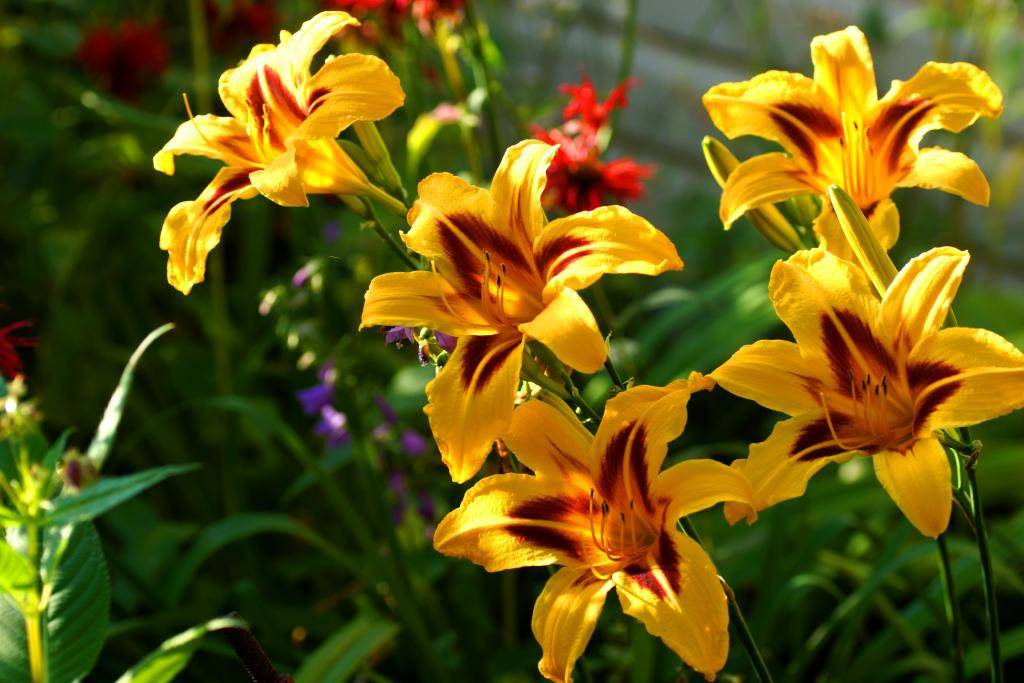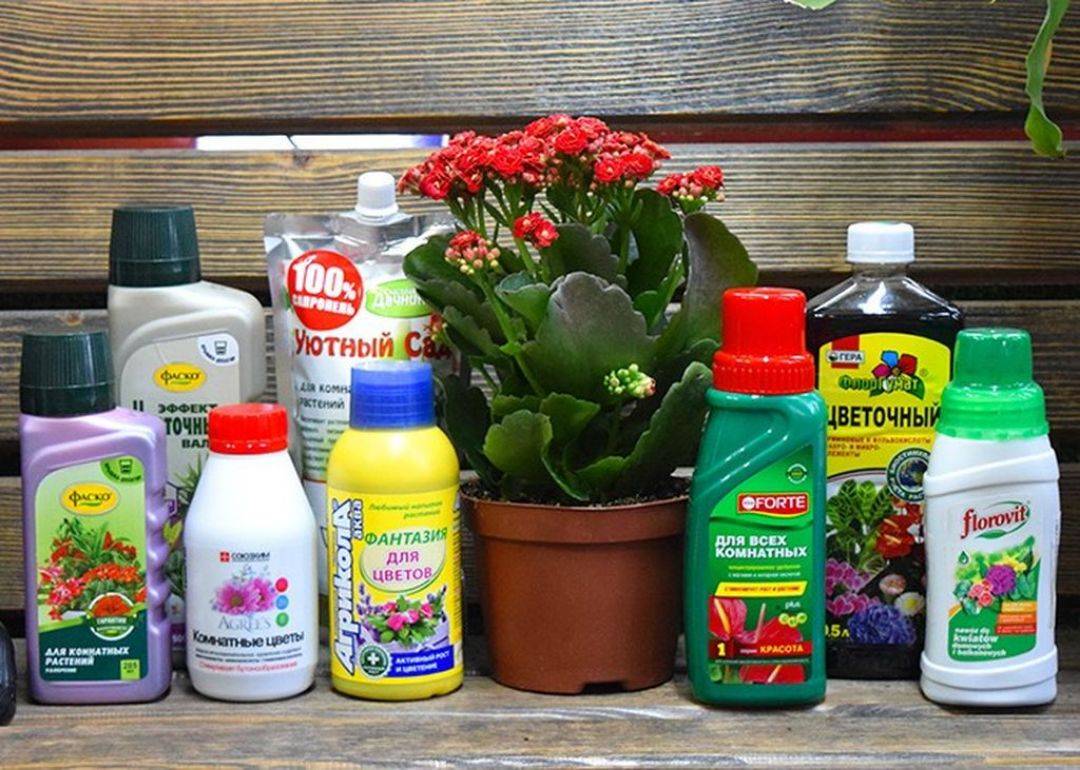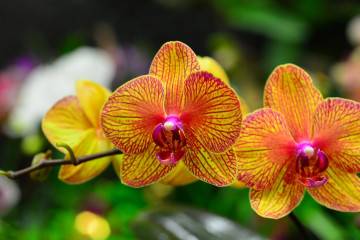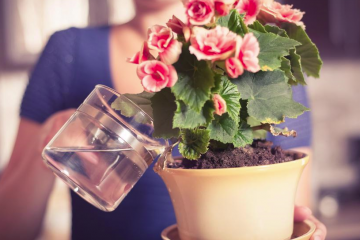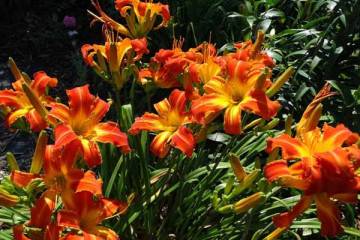How to feed daylilies before and after flowering,
Content:
It is so pleasant to contemplate on the site a riot of colors and lush flowering of plants. In Russia, Ukraine and Belarus, a daylily grows on almost every site - they choose it because of its unpretentiousness. However, he also needs attention. Many beginners and experienced gardeners have a completely logical question, how to feed daylilies before and after flowering.
What trace elements does a daylily need?
Feeding daylilies has many subtleties, which you should definitely familiarize yourself with, otherwise you will hardly be able to contemplate the riot of colors at the summer cottage.
Trace elements are components that plants need for proper growth and development. Recycled organic substances such as leaves and grass are excellent sources. They contain zinc, molybdenum, manganese (potassium permanganate), chlorine, iron, copper and boron.
Varieties of fertilizers for daylilies
All fertilizers are divided into organic, mineral and complex. Each species has individual characteristics.
Organic
Wood ash contains a high concentration of potassium and calcium, phosphorus. It is obtained by burning hardwood.
Infusions of poultry, cow and horse manure in their composition contain a high concentration of nitrogen, and in a smaller amount of calcium, potassium and phosphorus.
Among the ready-made purchased compositions, one should single out "Ideal", "Boss-Father", "Bucephalus".
Mineral
To improve external qualities and strengthen immunity, plants are fertilized with the following mineral compositions:
- Biostimulants, which include humic acids (peat oxidate, Humate + 7).
- Growth stimulants (Zircon, Epin).
For the prevention of fungal diseases, microbiological complexes are used - Fitosporin and Baikal EM-1.
Complex
Complex preparations contain more than one active compound. This category includes:
- Nitroammofosk is a combination of nitrogen, phosphorus and potassium.
- Potassium nitrate contains nitrogen and potassium.
It is impossible to answer unequivocally which remedy is better. Gardeners recommend alternating mineral fertilizers with organic compounds, because there should be a measure in everything.
Top dressing in different growing seasons
Against the background of a lack of nutrients, the daylily may begin to show symptoms of chlorosis. This type of flowering crops respond well to feeding, but they need to be applied in a strictly limited period of time.
Sample schedule:
- Spring - for rapid growth and development, the plant needs a high concentration of nitrogen. This element is an integral part of chlorophyll, nucleic acids and proteins.
- During budding, for abundant and prolonged flowering of the plant, phosphorus-potassium compounds with a low nitrogen content are needed. Thanks to such complexes, the root system is actively developing and deepening into the soil.
- The end of August and the beginning to mid-September are the right time for feeding with phosphorus-potassium compounds, nitrogen must be completely excluded. This period is characterized by the preparation of the plant for the upcoming winter.
Spring feeding scheme
Spring is an amazing time, at this time in the garden and in the country everything begins to actively awaken. The exact timing of the introduction of mineral and / or organic complexes cannot be named. This is due to different weather and climatic conditions in different regions.
A good time may be in April or May, in regions with a harsh climate, even June-July. It is recommended in this matter to focus on the growth phases of the plant. Experienced gardeners manage to analyze the condition of the plant and soil already "by eye", and adjust the schedule.
The composition of spring feeding should include nitrogen, potassium and phosphorus for the following purposes:
- stimulation of resistance to adverse environmental factors, diseases and pest attacks;
- increasing the growth of the root system.
The feeding scheme looks like this:
- Soon after the snow melts and the soil warms up a little, a small amount of nitroammophos is added to its composition. It is allowed to "dig in" granules into the earth.
- When the plant reaches a height of 10-15 cm, a phase of intensive plant growth begins and the amount of nitrogen in fertilizers must be increased. Gardeners predominantly use calcium nitrate and urea.
How to fertilize daylily in summer
It is recommended to start fertilizing in summer after flowering, when the flowers will be in a dormant phase. This period is characterized by the formation and development of stolons, and new shoots are laid for the next growing season.
It is best to use potassium-phosphorus fertilizers during this period. They increase endurance and frost resistance. It is strongly discouraged to use fresh manure as fertilizer, as it contains a high concentration of manure, as well as a large number of pathogenic microorganisms that can cause damage.
Common mistakes gardeners make when fertilizing
Feeding daylilies during the budding period, as well as before and after flowering, will not bring the desired results if the procedure is performed incorrectly.
Gardeners make the following common mistakes:
- Feeding plants with expired preparations. It is important to understand that after a certain period of time, the useful properties of the composition are lost. Even inorganic (synthetic) compounds become useless.
- Fertilizing dry soil. Without fail, the soil must be thoroughly moistened beforehand, otherwise the root system of the culture will be damaged. Dry granules must be carefully and evenly distributed between the bushes, do not touch the area of the leaf outlet. And at the end, fertilizer is sprinkled with earth and watered abundantly.
- Incorrect selection of fertilizers. Depending on the phase of growth that occurs at a certain point in time, the plant needs one or another substance. The introduction of the wrong elements has a detrimental effect on the growth, development and flowering of the daylily.
These plants are quite hardy, therefore, even with improper care, they will not die, but their decorative qualities will be lost. In order for the plants to be healthy and delight the owner with lush flowering, it is necessary to observe the norms and timing of fertilizing.
Homemade products
Nutrient infusions are predominantly made from weeds such as tansy, sweet clover, sedge, reeds, wild mustard, comfrey, nettle, chamomile, dandelion, clover, and wormwood. This composition contains a high concentration of beneficial microorganisms, nitrogen and other macro- and microelements necessary for the full development of a blooming culture. It is logical that the composition will depend on the components used.
Home remedy technology:
- The plastic container is approximately 2/3 filled with pre-shredded weeds. It is important that there are no seeds on them.
- Fill the plants with water, leaving a little space, as the plants will increase in volume.
- To stimulate the fermentation process, add 1 tablespoon to the composition. Urea (about 50 liters of water).
- The container is covered with a lid, but it is also important to arrange openings for the gases to escape.
The covered container is left for 7-14 days in the sun, periodically the composition must be stirred. Readiness is determined by the shade of the infusion - it should be light brown, there is no foam. For use, this concentrate is diluted with pure water in a ratio of 10 liters of pure water to 1 liter of concentrate.
Daylily is an amazingly beautiful flowering plant that will create a good mood for everyone with a riot of colors. It is not difficult to grow them, but it is strongly recommended to take into account all the features of feeding and the subtleties of how to water daylilies.
